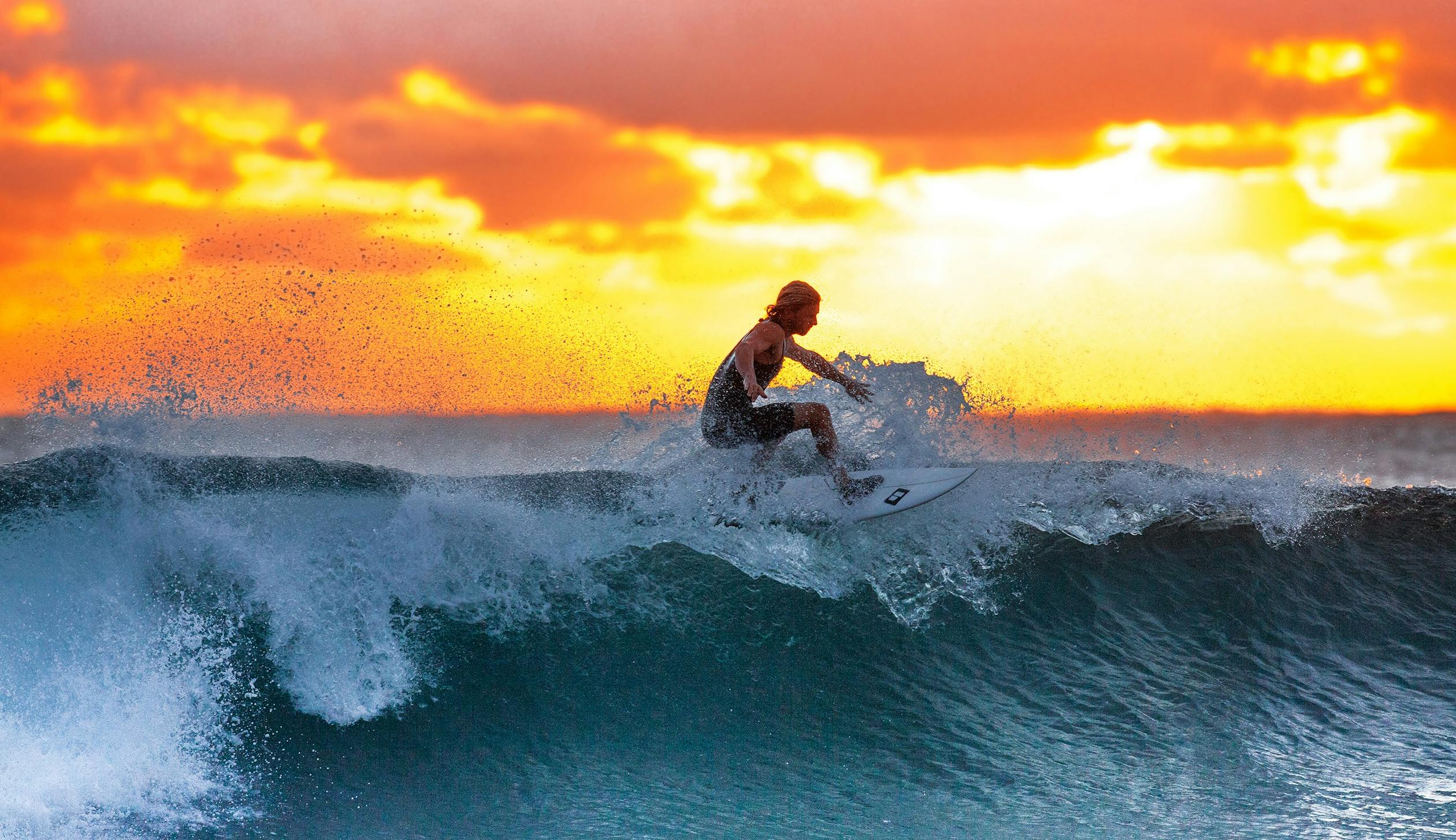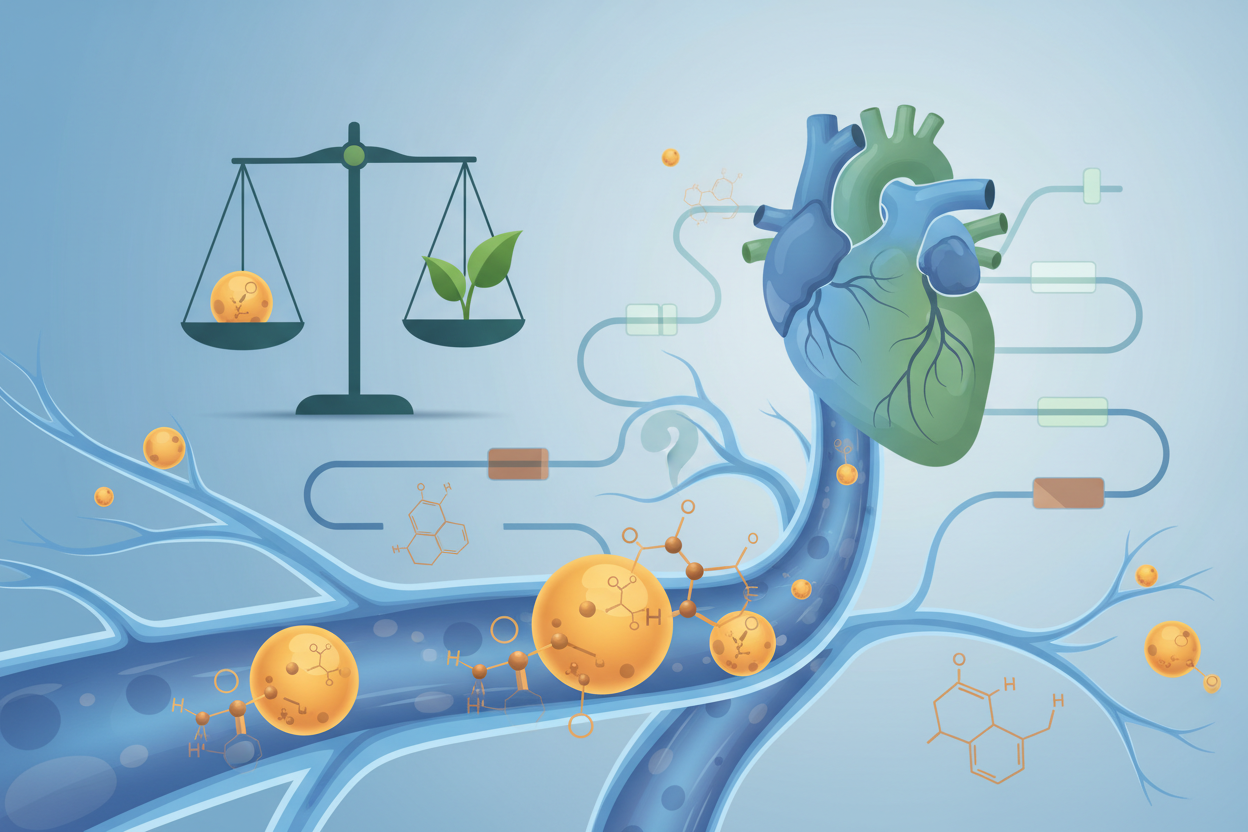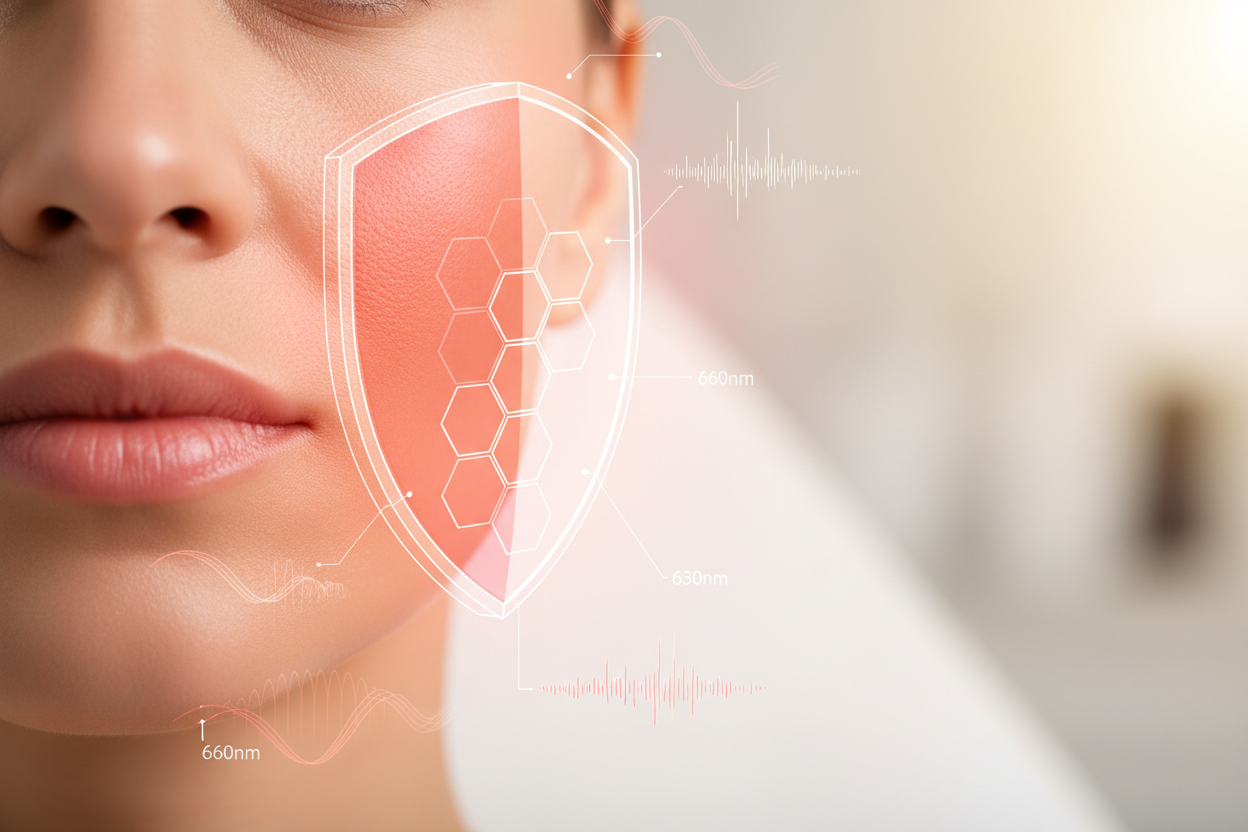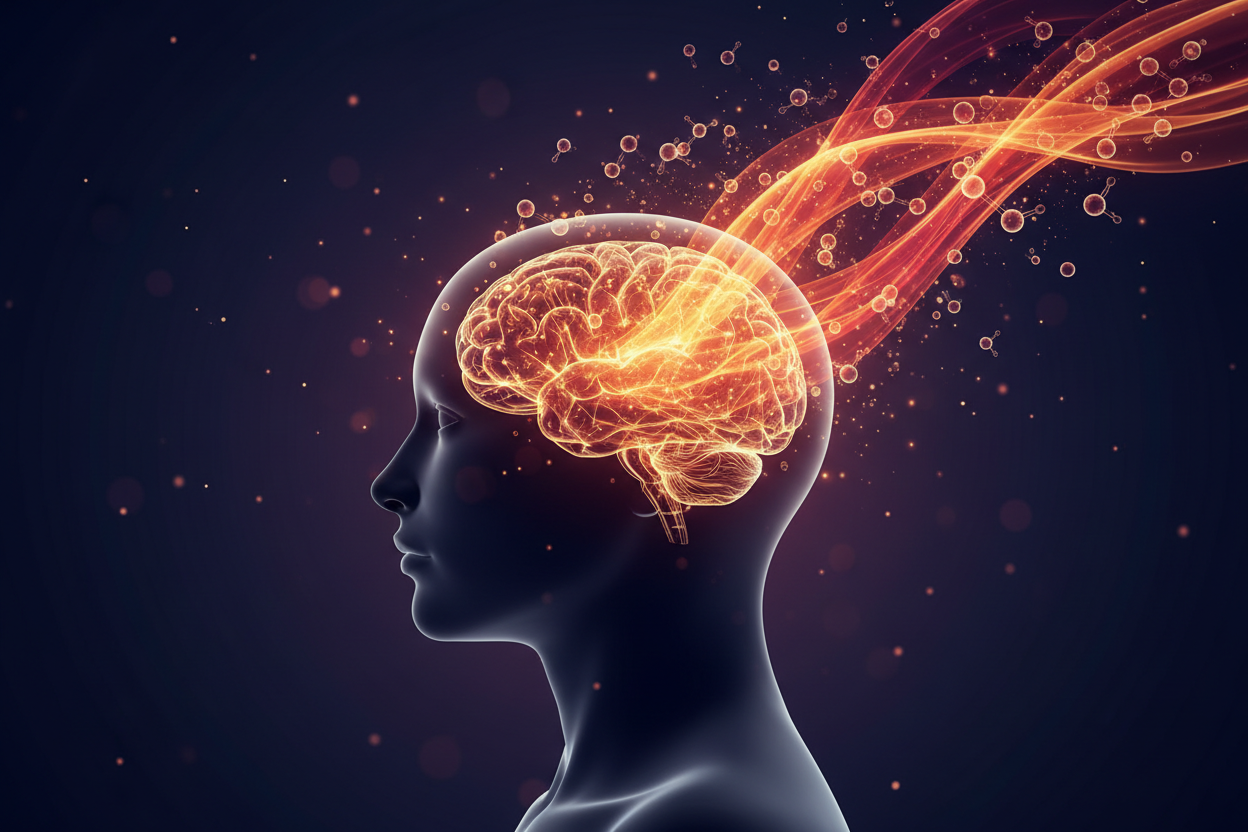In our previous articles, we revealed how the sun affects our skin, mood, DNA, and mitochondria. Today, we will focus on a topic that interests many men (and their partners!): testosteroneThis key male hormone is responsible for strength, libido, energy, muscle mass, and overall vitality.
What if we told you that the quality of light you're exposed to plays a crucial role in its production?
At a time when we spend the vast majority of our time indoors – in offices under artificial lighting, or in gyms where bright LEDs replace natural daylight – it is important to understand the impact this has on our hormones.
Testosterone and the Sun: A Natural Synergy
The relationship between the sun and testosterone is deep and evolutionarily established. There is clear scientific evidence that natural sunlight (especially certain wavelengths of UV and visible/infrared spectrum) directly influences testosterone production: Vitamin D and testosterone: An inseparable duo.
The most well-known connection is through vitamin D. UV-B radiation from the sun is the main source of vitamin D in our bodies. And vitamin D is crucial for optimal testosterone production. Studies show that men with higher levels of vitamin D tend to have higher testosterone levels as well. The levels of both substances often fluctuate together throughout the year – highest in summer and lowest in winter. A lack of vitamin D, caused by insufficient sunlight, is therefore a direct path to lower testosterone.
UV radiation, POMC, and direct hormonal stimulation
Sun UV radiation also has a more direct effect on the hormonal system beyond vitamin D. As we discussed in previous articles, UV radiation triggers the production of proopiomelanocortin (POMC). Derivatives of POMC, such as \alpha-MSH (alpha-melanocyte-stimulating hormone), can have a direct stimulatory effect on Leydig cells in the testes, which are responsible for testosterone synthesis. Although this mechanism is still being studied in detail, it suggests another direct pathway between sunlight and male sex hormones, independent of vitamin D. Through UV light, the body receives a signal to activate a complex hormonal cascade that includes boosting testosterone production.
Direct stimulation with red and infrared light, including targeted exposure.
In addition to UV radiation and vitamin D, red (RED) and near-infrared (NIR) light (the same wavelengths that benefit mitochondria!) play a direct role. Research suggests that the absorption of these light wavelengths in Leydig cells of the testes (which produce testosterone) can stimulate their activity and increase testosterone production. Some studies even show a significant increase in testosterone levels after targeted exposure of the testes or the whole body to red/NIR light. There is also a specific recommendation here: for maximum effect, some experts suggest short and safe exposure to UV radiation (including sensitive areas such as the genitals, of course with utmost caution to avoid burns and only when the sun is not at its strongest!) for targeted cell stimulation.
Circadian rhythm and hormonal optimization.
As we mentioned in previous articles, sunlight, especially in the morning, is crucial for properly synchronizing our circadian rhythm. Our hormonal system, including testosterone production, is closely linked to this daily cycle. Testosterone naturally peaks in the morning to prepare us for daily activities. A disrupted circadian rhythm due to a lack of natural light can lead to dysregulation and a drop in morning testosterone levels.
Artificial Light in the Office and Gym: An Invisible Enemy?
Most modern offices and gyms rely on artificial lighting, often dominated by LEDs with a high proportion of blue light. While we strive to be productive and fit, this type of lighting can surprisingly have a negative impact on our hormonal system and testosterone: Suppression of melatonin and disruption of sleep.
Excessive exposure to blue light, especially in the evening hours (and evening workouts at the gym are typical!), suppresses the production of the sleep hormone melatonin. Quality and sufficient sleep are absolutely essential for testosterone production. Most testosterone is produced during the deep phases of sleep. Disrupted sleep = lower testosterone.
Missing the "good" spectrum.
Artificial lighting lacks key wavelengths – especially red and near-infrared light, which natural sunlight contains in abundance. This means that the mitochondria in our cells (including Leydig cells) do not receive optimal stimulation for energy and hormone production. Paradoxically, even when we work out in the gym, our body may be missing a crucial "fuel" from the external environment.
Desynchronization of the circadian rhythm.
Long hours spent in artificially lit environments, without clear signals of daylight in the morning and darkness in the evening, lead to chronic desynchronization of our circadian rhythm. This has a domino effect on the entire endocrine system, including the Hypothalamus-Pituitary-Testis axis, which controls testosterone production.
Conclusion: The guaranteed path to optimal testosterone and vitality
For optimal testosterone levels and overall male vitality, it is crucial to respect natural light cycles and intentionally incorporate sunlight into your life. If direct exposure is not always possible, there are modern alternatives:
Morning sun as a priority: Try to expose yourself to sunlight immediately after waking up (ideally without glasses) for 10-20 minutes. This sets your circadian rhythm, activates cortisol production (the alertness hormone), and signals your body that it's time to start producing testosterone.
Expose yourself to the sun during the day: Whenever possible, spend time outdoors. Even a short walk can have a positive impact.
Targeted exposure of sensitive areas: With maximum caution and only during times when the sun is not at its strongest (e.g., early morning or late afternoon), you may consider brief exposure of unexposed skin areas, including the genitals, to direct sunlight. This practice, often called "sun gazing" or "perineum sunning," is promoted for its potential to stimulate hormone production, but it is essential to avoid sunburn. Be extremely careful and start with very short intervals!
Alternative solution: PBM panels and supplementation. For those who don't get enough natural sunlight or want to maximize the effects, photobiomodulation panels, like those from redlight.doctor, are a great alternative. These panels deliver precisely the wavelengths of red and near-infrared light that have been proven to stimulate mitochondria and Leydig cells for testosterone production. They offer a safe and effective way to support vitality.
Targeted supplementation: To support natural testosterone production and overall vitality, there are also proven dietary supplements. For example, the PRO MUŽE supplement from ENDALA is formulated to provide natural synergistic support of key nutrients that complement the positive effects of light and lifestyle. A combination of sensible sun exposure, PBM therapy, and quality supplementation can be a guarantee of an optimal path to male vitality and healthy testosterone levels.
Optimize interior lighting: If you have to spend a lot of time indoors, consider full-spectrum lighting or special lamps that mimic natural daylight. In the evening, limit blue light from screens and opt for warmer lighting tones.
Think about exercising outdoors: If at all possible, work out outside, or at least spend part of your training doing activities in the open air. Your muscles and hormones will thank you.
Quality sleep: Ensure you get sufficiently long and quality sleep in complete darkness. This is the alpha and omega of hormonal balance.
Testosterone isn’t just about bodybuilding; it’s about overall quality of life. And the key to optimizing it lies in something as simple and natural as sunlight, combined with smart support from modern technology and supplements.





Leave a comment
This site is protected by hCaptcha and the hCaptcha Privacy Policy and Terms of Service apply.